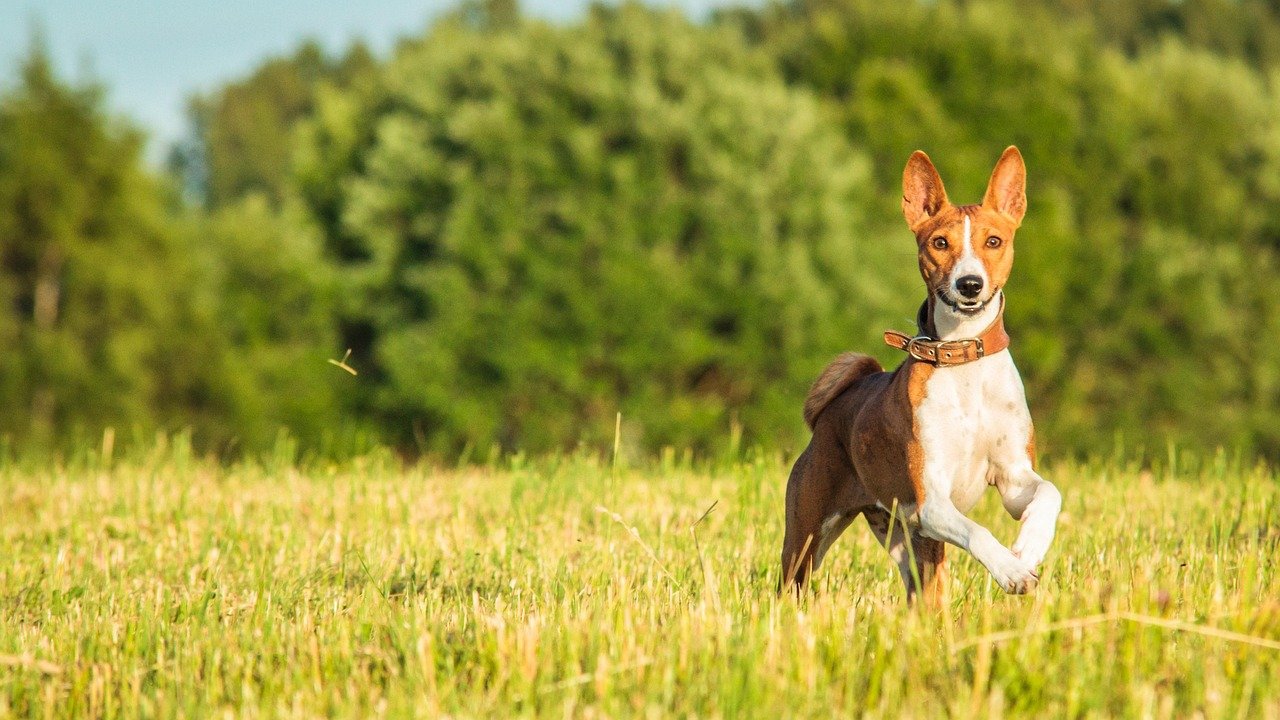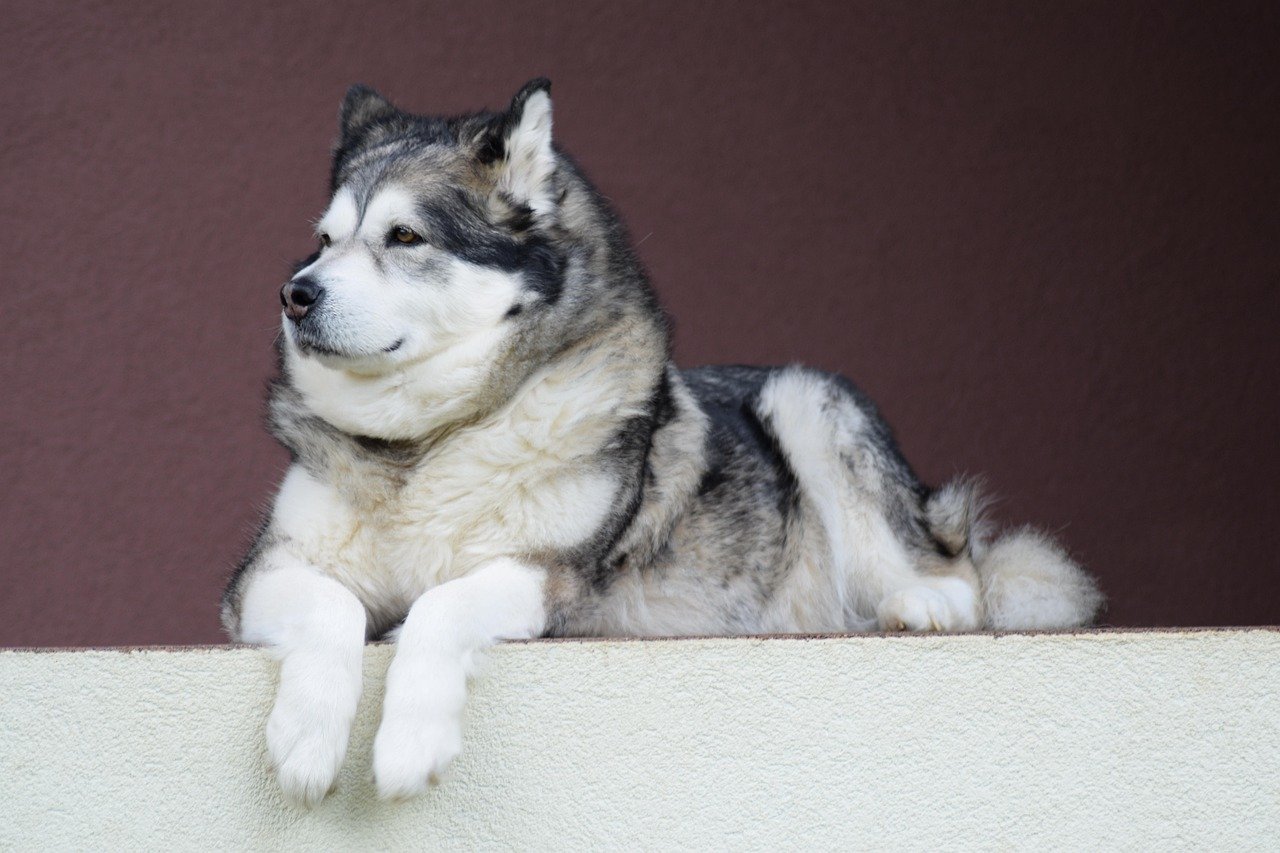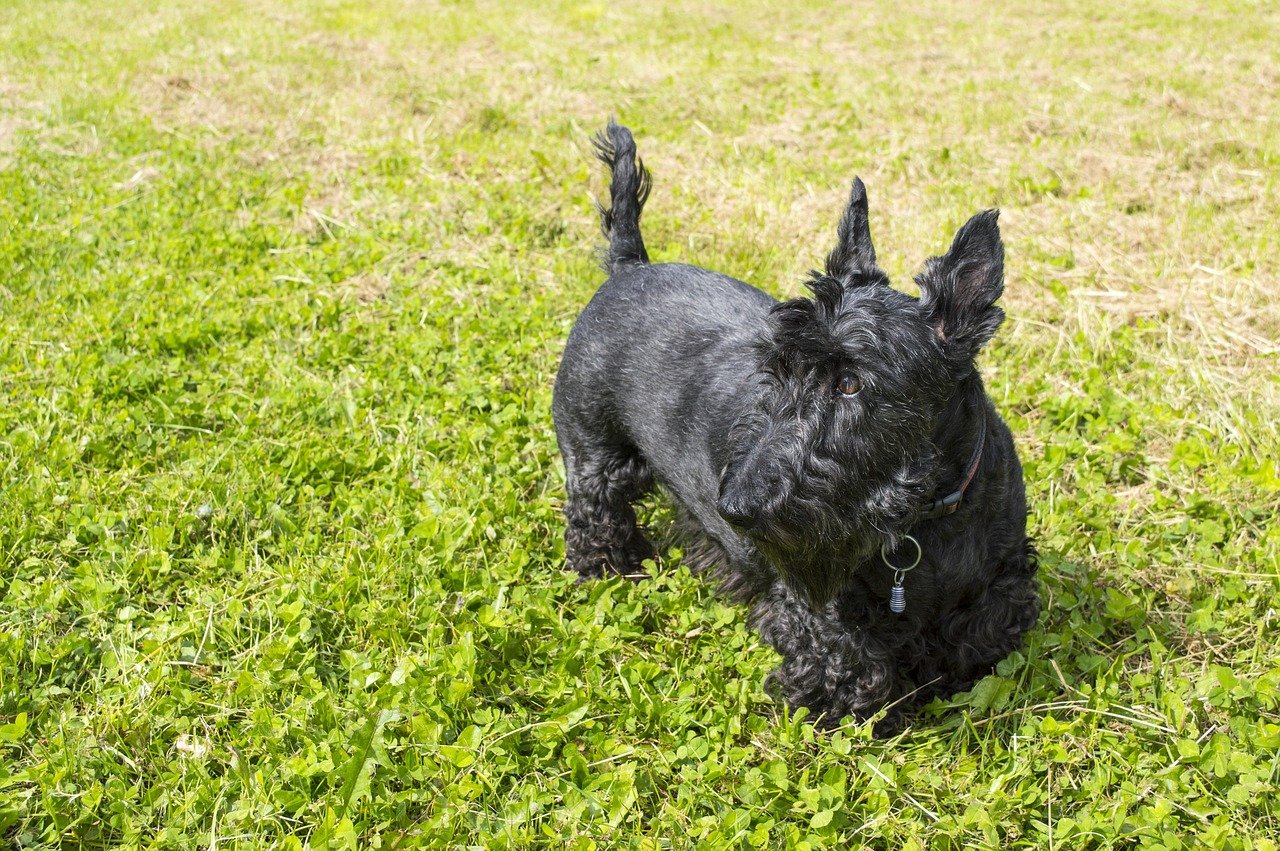Have you ever watched a dog quietly surveying the world from a distance, seemingly lost in its own thoughts, and wondered what it would be like to have a furry friend who doesn’t need constant attention? Some dogs march to the beat of their own drum, delighting in solitude and exuding a confidence that’s nothing short of inspiring. If you crave a canine companion with an independent streak—or just want to know what makes these self-reliant pups tick—get ready to meet the breeds that truly know how to stand on their own four paws!
What Does “Independent” Mean in Dogs?

When people describe a dog as independent, they don’t mean aloof or unfriendly. Instead, independent dogs are those who are comfortable being alone and don’t constantly seek out human approval or attention. They’re the canine equivalents of the friend who loves a good solo adventure, happy both in your company and on their own. These breeds tend to think for themselves, often making decisions without waiting for your cue. While some people find this trait challenging, others admire the quiet confidence and self-sufficiency these dogs display. It’s important to understand that independent doesn’t mean disobedient; many are just deeply intelligent and prefer to weigh their options. Living with an independent dog can feel a bit like having a roommate rather than a sidekick—they’ll love you, but they’ll also enjoy their alone time.
Basenji: The Silent Thinker

The Basenji is often called the “barkless dog,” but don’t let that fool you—these pups have plenty of personality! Originating from Central Africa, Basenjis were bred for hunting and have developed a keen sense of independence. They’re notorious for figuring things out on their own, like opening doors or finding hidden snacks. Basenjis aren’t big on following commands just for the sake of it; they need to see a good reason before they cooperate. Their independence shines when left alone—they’re less likely to suffer from separation anxiety compared to other breeds. However, their sense of adventure means they need secure fencing, as they’ll happily explore the neighborhood given the chance. Living with a Basenji means sharing your home with a clever, cat-like companion who loves you but doesn’t need to be glued to your side.
Shiba Inu: The Fox-Faced Free Spirit
With their fox-like appearance and mischievous glint, Shiba Inus are famous for their “I’ll do it my way” attitude. This Japanese breed was originally developed for hunting small game, which required quick thinking and self-sufficiency. Shibas are highly intelligent and often prefer making their own decisions rather than following orders blindly. They’re affectionate but not clingy, happy to lounge on their own or observe the world from a sunny spot. Many owners find their Shiba has a streak of stubbornness—if a command doesn’t make sense to them, they might simply ignore it! This independence makes them charming but sometimes exasperating. Their self-assured nature means they’re content being home alone for reasonable periods, making them a great option for busy people who want a loyal, but not needy, companion.
Afghan Hound: The Elegant Individualist

Few breeds are as striking—or as independent—as the Afghan Hound. With their flowing coats and regal bearing, Afghan Hounds are the supermodels of the dog world, but their beauty is matched by a fiercely independent spirit. Bred to hunt game over vast and rugged terrain, they had to rely on their own instincts rather than constant human guidance. This history is evident today in their calm, almost aloof demeanor. Afghan Hounds are affectionate with their families but retain a sense of dignity and distance, often choosing when and how they wish to interact. They’re sensitive and intelligent, but can be selective about listening to commands. Training them requires patience and a good sense of humor, as they might decide a game of chase is more fun than coming when called. Their independence isn’t coldness—it’s confidence wrapped in silk.
Alaskan Malamute: The Arctic Adventurer

Alaskan Malamutes are built for endurance, strength, and, you guessed it, independence. These majestic dogs were bred to haul heavy sleds across the frozen north, often relying on their own judgment and instincts to survive. Today, Malamutes are known for their strong wills and self-reliant nature. They love human companionship but aren’t the type to follow their owners from room to room. Instead, they’ll happily nap in a corner or entertain themselves outdoors. Their intelligence is paired with a stubborn streak; commands are considered suggestions, not orders. This breed thrives in homes where they’re given space and opportunities for mental and physical challenges. While fiercely loyal, Malamutes remain true to their independent heritage, making them both awe-inspiring and sometimes a bit of a handful.
Scottish Terrier: The Dignified Determinator

The Scottish Terrier, or “Scottie,” may be small, but their independence is larger than life. Originally bred to hunt vermin on their own, Scotties developed a tenacious and self-assured personality. They’re often described as little dogs with big attitudes, and they don’t let their size hold them back. Scotties are content spending time alone and rarely pester their owners for endless attention. Their independent streak means they tend to do what they think is best and can be quite stubborn during training sessions. However, their loyalty is unwavering, and they’re deeply devoted to their families. Living with a Scottie is like sharing your home with a tiny, bearded philosopher—wise, witty, and always up for a solo adventure in the backyard.
Borzoi: The Graceful Loner

The Borzoi, also known as the Russian Wolfhound, is elegance and independence rolled into one. These dogs were bred by Russian aristocrats to hunt wolves and needed to rely on their own quick thinking and speed. Borzois are calm and gentle, but don’t expect them to be velcro dogs; they’re perfectly happy lounging alone for hours. Their independent nature is often described as cat-like—they’ll come to you when they want attention but are just as content with solitary time. Borzois aren’t easily rattled and rarely suffer from separation anxiety. Their training requires patience and creativity, as they’re intelligent but see little point in repetitive drills. Having a Borzoi in your life means appreciating quiet companionship and a dog who truly values their own space.
Chow Chow: The Aloof Aristocrat
Chow Chows might resemble cuddly teddy bears, but their personality is pure independence. This ancient Chinese breed was used for hunting, guarding, and even pulling carts, developing a confidence that borders on regal. Chows are famously aloof, often choosing to observe from a distance rather than jump into the action. They bond closely with their families but aren’t outwardly affectionate and don’t crave constant attention. Training a Chow requires respect and patience—they respond best to gentle, consistent guidance rather than harsh commands. Their independent spirit means they’re less likely to suffer from separation anxiety and can be trusted to behave while you’re away. Living with a Chow is like sharing your space with a dignified monarch—reserved, self-assured, and quietly loving.
Lhasa Apso: The Watchful Lone Guardian

Don’t let the Lhasa Apso’s flowing coat and small size fool you—these dogs are fiercely independent. Originally bred in Tibetan monasteries as sentinel dogs, they developed a strong sense of self-reliance and alertness. Lhasa Apsos are wary of strangers and prefer to make their own decisions about who to trust. They’re happy spending time alone and don’t require constant interaction to feel secure. Their independent streak comes out during training, where they may choose to ignore commands they find uninteresting. Despite this, they’re deeply loyal to their chosen humans and make excellent watchdogs. Living with a Lhasa Apso means having a brave, self-contained friend who’s always watching over you, even if from a comfortable distance.
Jen is a passionate nature lover and ocean conservationist. She has dedicated her life to protecting the environment and preserving the beauty of the natural world. Growing up in a small coastal town, Jen sincerely appreciated the ocean and its inhabitants. She has spent countless hours exploring the shoreline, learning about the creatures that inhabit the waters, and advocating for their protection. Jen is an active member of ocean conservation organizations, and she is committed to educating the public about the importance of conserving wildlife and the natural environment.





